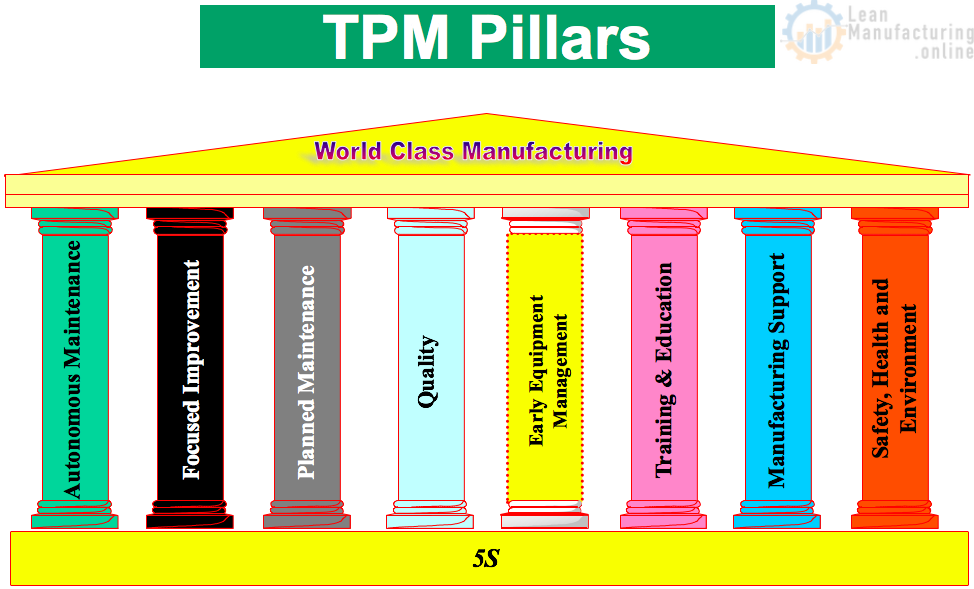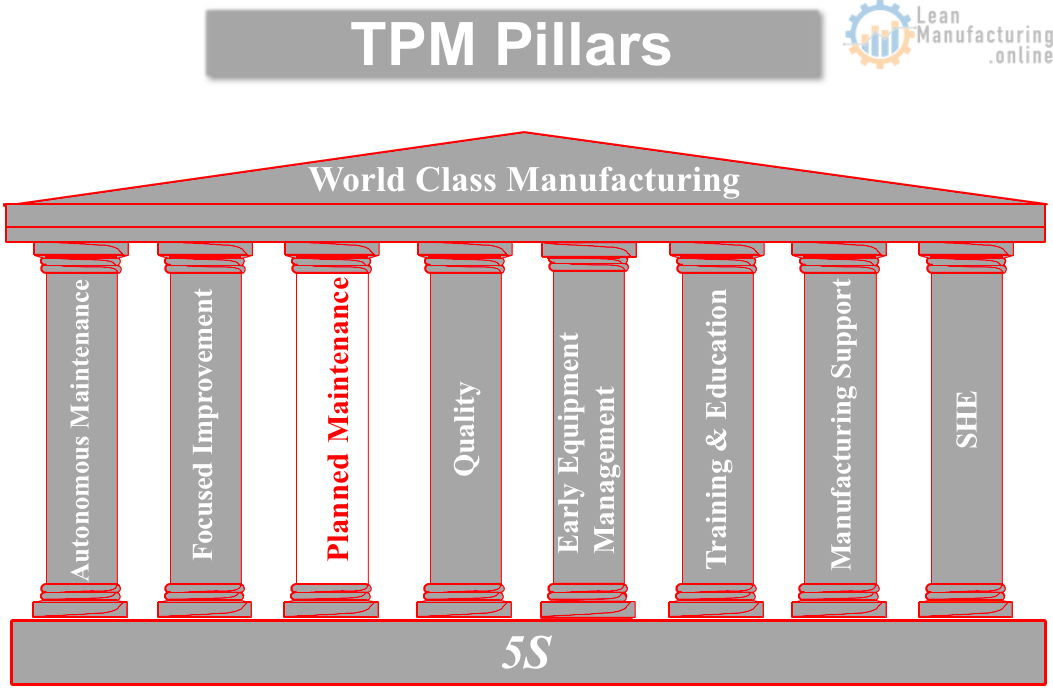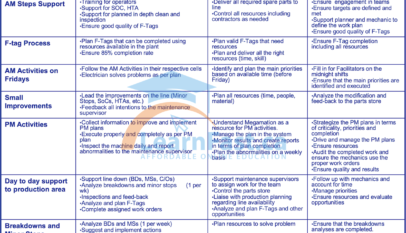Gemba Walks are an invaluable tool in the pursuit of continuous improvement. By visiting the “actual place” where work happens, managers and teams can gain a deeper understanding of the current reality, identify areas for improvement, and build stronger connections with the workforce. This guide outlines the critical steps to conducting effective Gemba Walks, ensuring that your efforts translate into actionable insights and tangible results.
Define the Purpose
The foundation of a successful Gemba Walk is a clear and specific purpose. Before setting foot on the shop floor, determine the exact reason for your visit. Are you looking to discover opportunities, identify waste, assess process maturity, or conduct a root cause analysis? A well-defined purpose, such as addressing a performance gap or resolving a customer complaint, sharpens your focus and increases the effectiveness of your walk.
Inform the Group
Communication is key to a successful Gemba Walk. To make participants feel comfortable and open to interaction, clearly explain the purpose of the walk, what is expected of them, and how they will benefit. For example, let them know, “We’re here to identify obstacles in your daily work to improve processes and eliminate inefficiencies. Our questions are aimed at understanding the situation, not assigning blame.”
Select Participants
The composition of your Gemba Walk team is crucial. Depending on the purpose and scope, you may walk alone or with a team. When assembling a team, include key participants who must attend and extend an open invitation to others who might offer fresh perspectives. Involving a diverse group ensures a more comprehensive understanding of the issues at hand.
Walk the Value Stream
The Gemba Walk should follow the flow of the value stream, covering all critical processes, teams, and locations. The guiding principles are to “Go with the flow,” “Form follows function,” and “Spot hot spots.” Include everyone who might influence the problem being investigated, from supervisors to lead operators, ensuring that no area is overlooked.
Focus on Process, Not on Behavior
Remember, the Gemba Walk is about understanding and improving processes, not evaluating employee performance. If mistakes are observed, resist the urge to assign blame. Instead, ask questions like, “Why are you doing it this way?” or “How do you know if it’s right?” This approach helps uncover the root causes of issues, leading to more effective solutions.
Document Observations
A typical Gemba Walk may involve observing 100 to 200 different aspects across various processes. It’s crucial to document these observations to ensure nothing is forgotten. Whether you use a notepad or a digital device with note-taking apps, capturing detailed notes, images, and videos will facilitate effective follow-up and action.
Ask to Understand, Don’t Assume
Approach the Gemba Walk with an open mind. Reset any preconceived notions and focus on understanding the situation as it is. The SIPOC (Supplier, Input, Process, Output, Customer) framework is an excellent tool for structuring your questions, helping you uncover valuable insights without making assumptions.
Observe, Don’t Fix
The primary purpose of a Gemba Walk is observation, not action. It aligns with the “Planning” phase of the PDCA (Plan-Do-Check-Act) cycle and the “Measure” phase of DMAIC (Define-Measure-Analyze-Improve-Control). Take this time to learn and gather information. Any changes or fixes should be considered after thorough discussion and planning with stakeholders.
Communicate Next Steps
After the Gemba Walk, it’s essential to share your findings and communicate the next steps. This step corresponds to the “Plan” phase of the PDCA cycle. Closing the loop by implementing improvements and validating their impact ensures that the insights gained during the walk translate into real value.
Return and Repeat
Gemba Walks should be a regular practice, not a one-time event. Consistent observation helps managers and teams identify abnormalities early, preventing minor issues from escalating into major problems. By walking the floor daily, you’ll improve your problem-solving capabilities and enhance overall performance management.
















